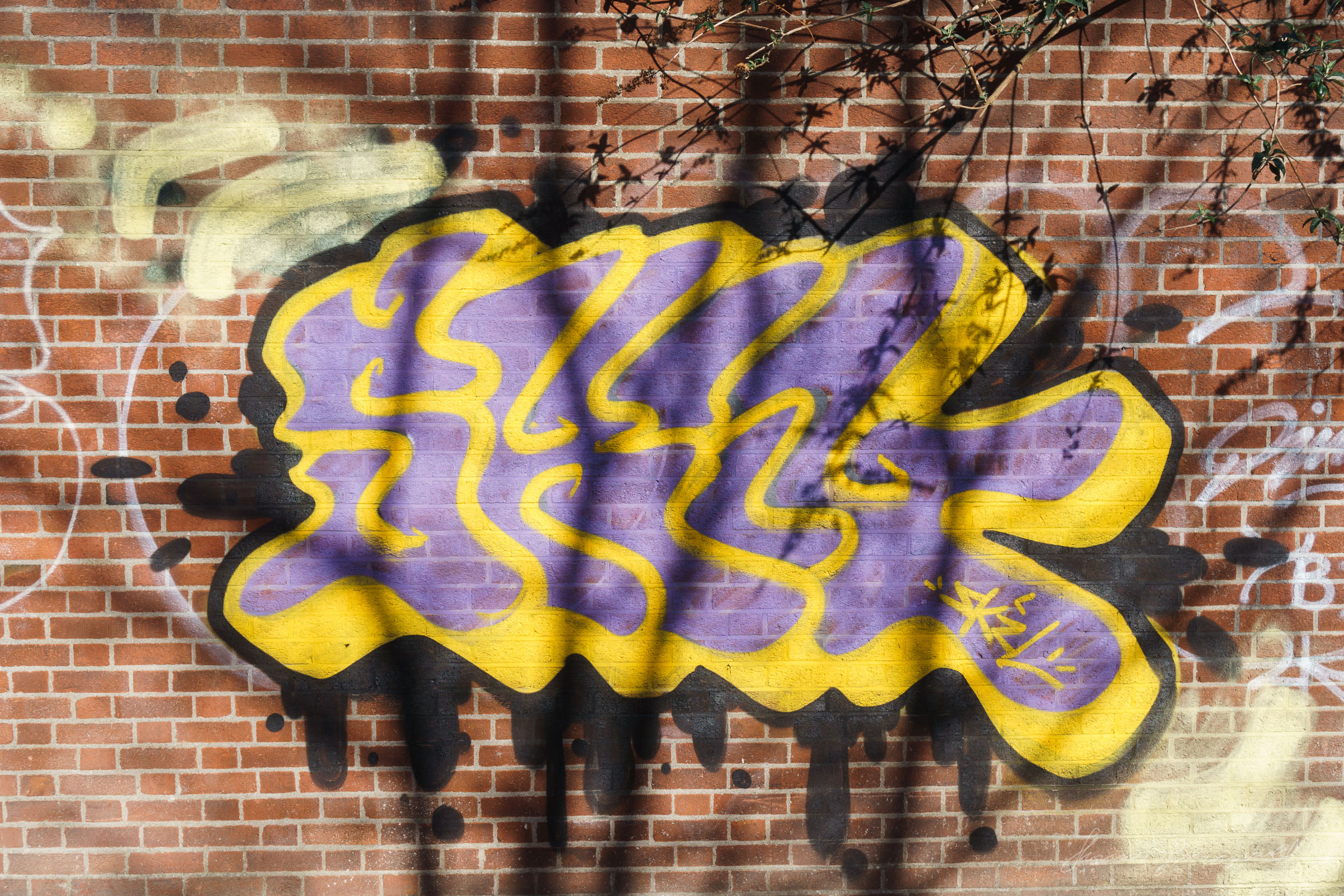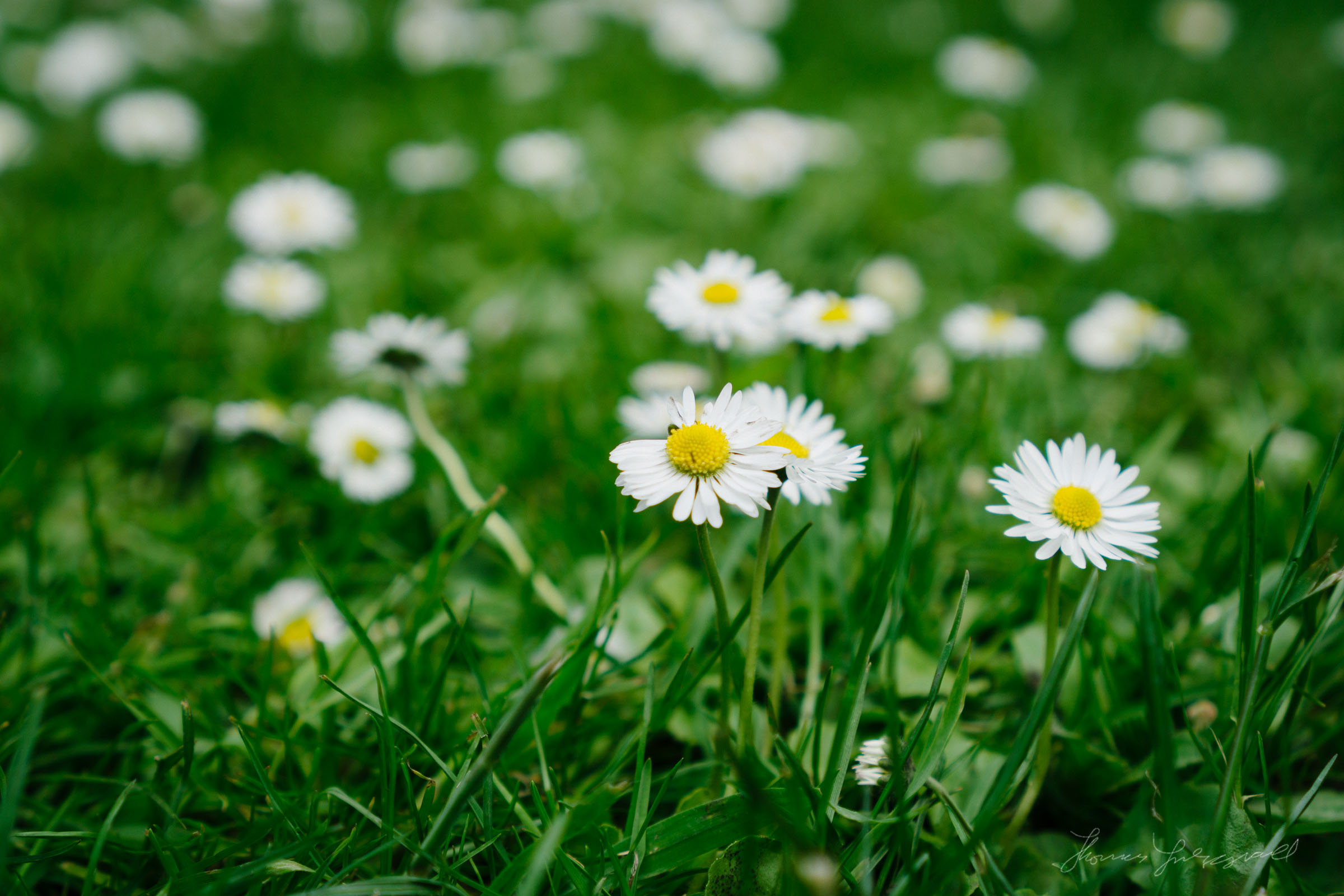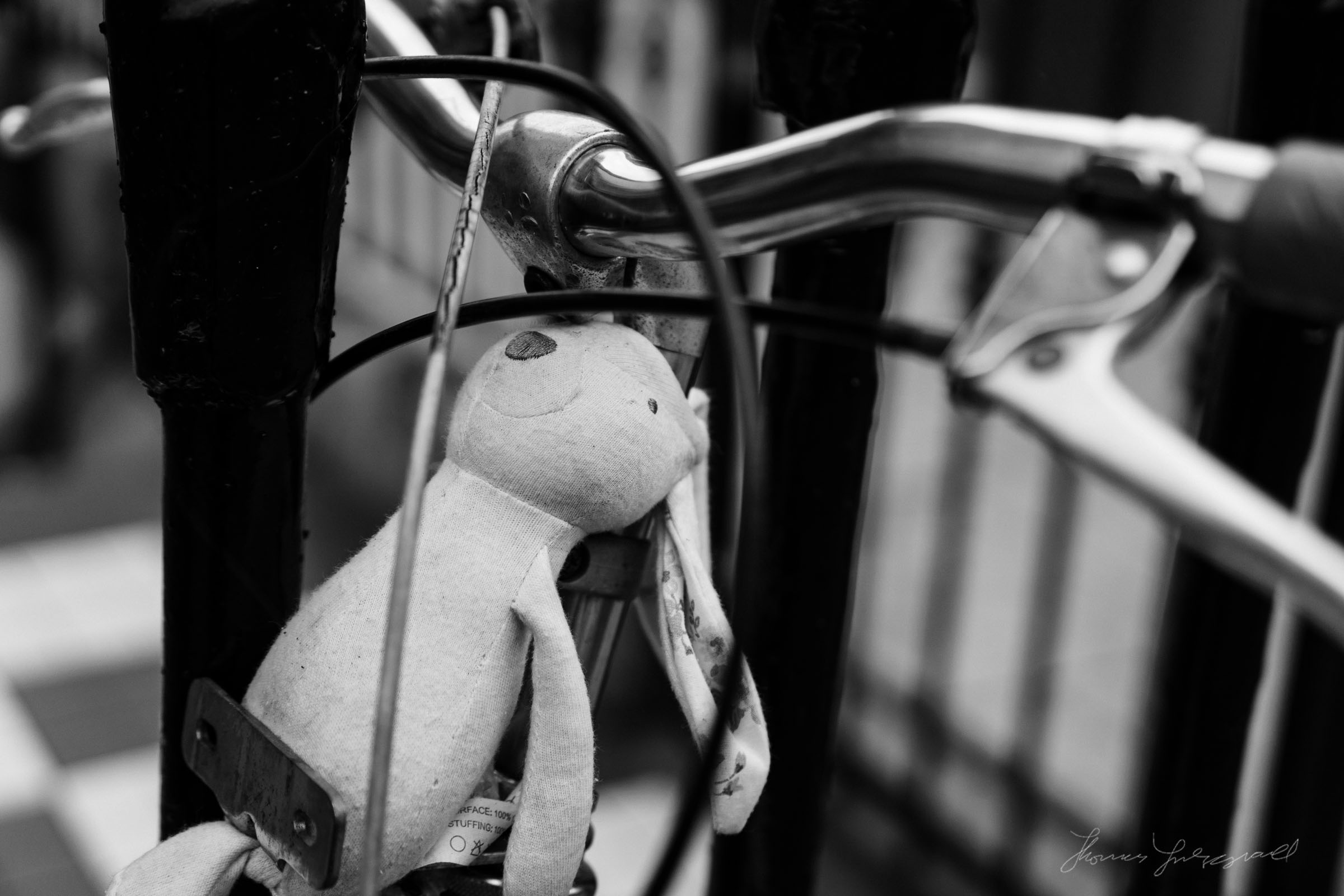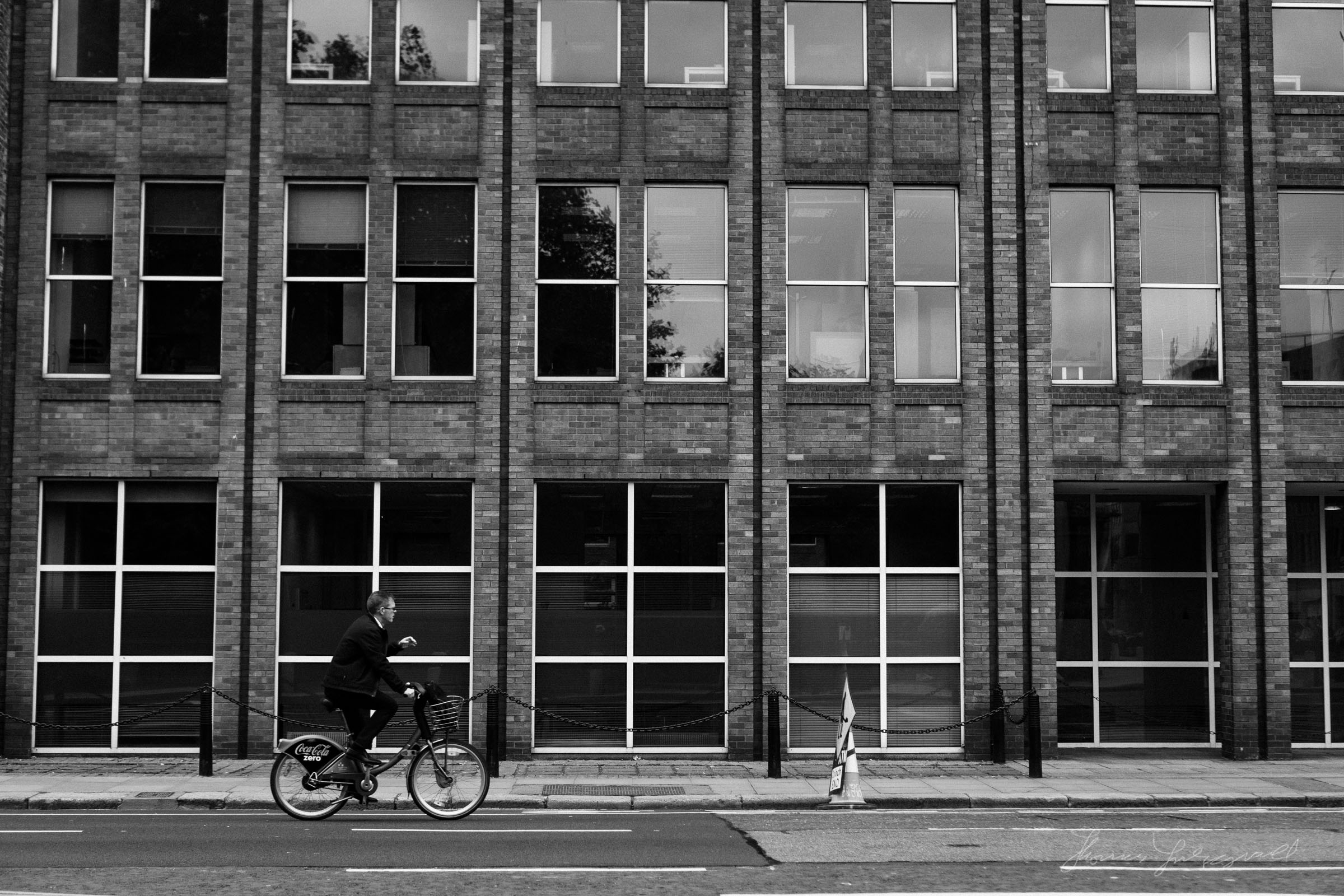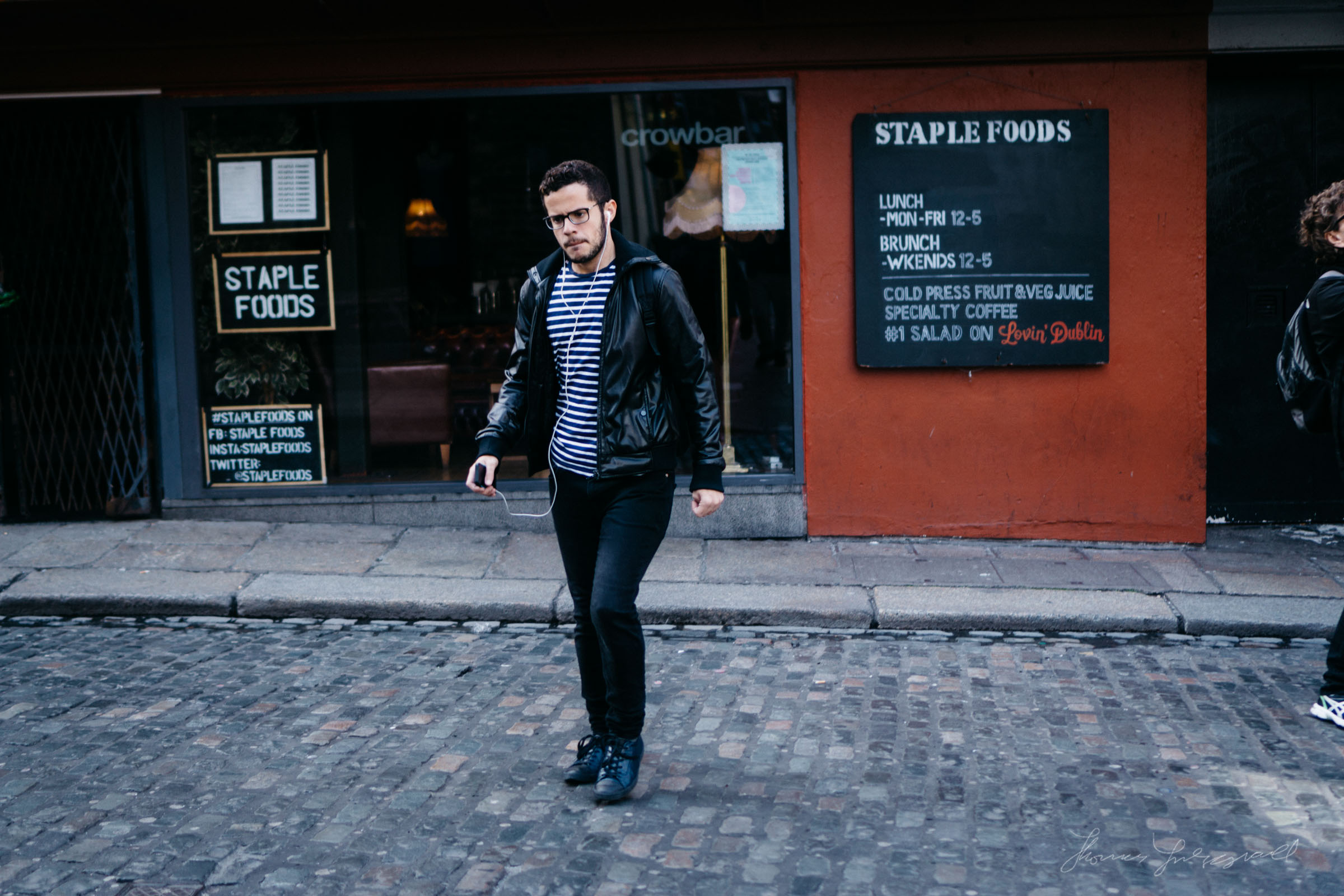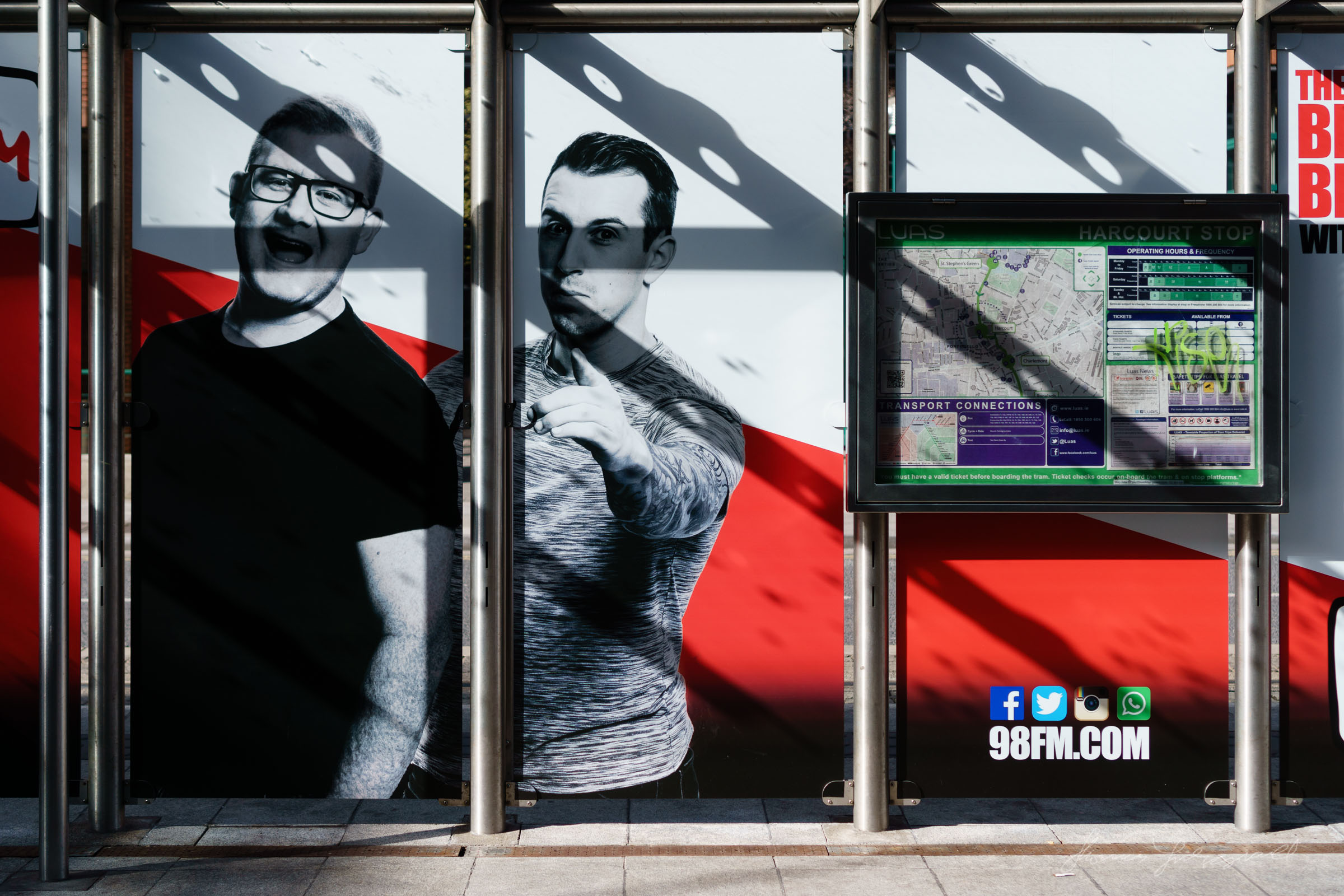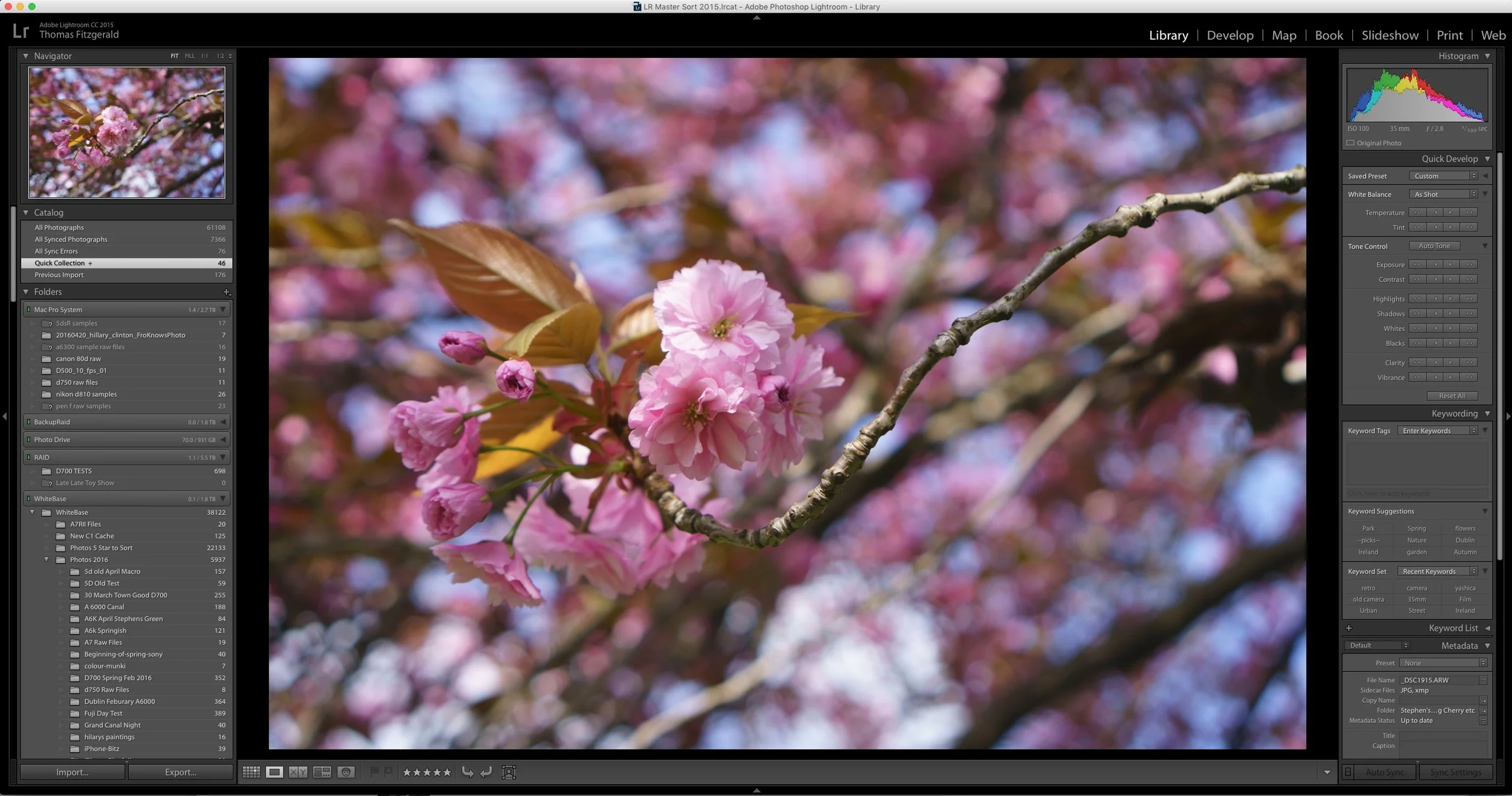A Quick Second Look at the Sony 35mm F/1.8 OSS
When I wrote my extended review of the A6000, I was pretty scathing about the Sony 35mm f/ 1.8 OSS lens. In the article I wrote that it was one of my least favourite lenses and that it had some terrible chromatic aberration. Recently, I was going through some older images in y library, including some I'd shot with the Sony 35mm and as I went through them I realised that I may have been a bit hard on it. So I started shooting some more images with it, and I now realise that I was possibly wrong in my assessment of it, so here's a second look at the 35mm lens.
The Bad
First of all, let's get the bad parts out of the way first. The most obvious is the chromatic aberration and fringing. Wide open, this is quite bad on this lens. It is definitely some of the worst that I've seen. Here's an example:
You can fix it in Lightroom depending on the image. In some cases it's difficult, as the fix starts to affect the rest of the image. If you want to shoot wide open with this lens then this is an issue with it. However, you can get rid of it for the most part in Lightroom, and if you're shooting black and white, then the problem obviously isn't as much of an issue any more. Stopping down to f/2.8 gets rid of a lot of it, and it's practically gone at F/4.
If you're shooting Jpegs with this camera, the processor does reduce the effect of the fringing significantly, but the Jpegs from the A6000 are pretty bad. (Apparently they're much better on the A6300).
The lens blooms a lot wide open too. You gat a lot of the soft, ghosting you can get on faster lenses, but it's especially bad on this one. You can see some of that in the example above too.
Bokeh on the lens isn't great either. It's not terrible but it's not as silky smooth as lenses from other manufacturers, such as the excellent Fuji 35mm f/1.4.
Flare can occasionally be an issue too. If you have glancing light it can cause a reduction in contrast, especially wide open. It's not a huge deal, but it's something to be aware of.
The Good
Despite these things, the lens has some good points. Once you stop down it's actually pretty impressive. Of course, having to stop down kind of defeats the purpose of having a f/1.8 lens in the first place, but there are many situations where you would be shooting this way. And as I said above, if you're shooting in black and white the chromatic aberration isn't an issue anyway.
For a start, the lens is pretty sharp, especially once you get to f/2.8. I haven't done a detailed scientific analysis of it, but for the times I've used it, you can see the sharpness. Even wide open it's sharp in the centre, especially if you get the focus spot on. Stop down to F/4 and it's very sharp.
Contrast is pretty good too. It's not as good as the Fuji lenses, but it's still pretty good. Colour accuracy is very good. It's much better than the Sigma 30mm f/2.8 which I also have. While I find that the 30mm is also very sharp, and doesn't have major chromatic aberration issues, it alters the colours much more than the Sony. The colours when shooting with the Sony remain neutral, and match the colours when shooting with more expensive glass.
Finally there's the optical stabiliser. This is actually pretty good in this lens. First of all, it's a small and light lens, so you don't feel that there's some huge mechanism in there. Even so, it works pretty well. For stills, you can get away with shooting with a fairly slow shutter speed. It's probably not quite as good as some more expensive stabilisers from Canon and Nikon for example, but it's hard to fault it.
For video it's excellent. It really helps take the edge off hand held shots, and will reduce the effects of rolling shutter when shooting hand held. Funnily enough, the in-camera processing reduces the effects of the chromatic aberration significantly too, so it's less of an issue when shooting video. Here's an example video that was all shot with this lens, and is all hand held:
Comparisons
I'm not going to do a detailed side by side comparison with shots comparing different lenses, but rather give my impressions based on real world usage with some similar lenses that I personally have:
Sigma 30mm f/1.4: The Sony has some good and bad points when comparing it to the sigma. The Sigma is sharper wide open, but then, wide open on the Sigma is f/2.8. The Sigma has very little chromatic aberration, but I find that the optical quality is a little harsh compared to a more smooth response from the Sony. The Sigma also does weird things to colours where as the Sony remains fairly neutral.
Fuji 35mm f/1.4: The Fuji lens is superb. It has a number of advantages over the Sony. While it does have a little fringing wide open, it's not nearly as severe as the Sony's and is easily fixed. It's also a stop wider, at f/1.4 compared to f/1.8. Contrast on the Fuji is excellent too, and while it's not bad on the Sony, it's superb on the Fuji lens.
Conclusion
My initial dislike of this lens, has been tempered significantly by giving it a second chance, and shooting to it's strengths. It still has significant flaws. The chromatic aberration is so bad wide open that it's really not acceptable. While it's fine for shooting black and white, and while you can fix it to a degree in Lightroom / Photoshop, it's still extreme, and it's unfortunate, because the lens has some really good qualities. It's sharp, especially stopped down, and has good colour and light transmission, and an excellent optical stabiliser.
The lens is expensive enough for what it is, at €499, and it again highlights how the aberration is quite bad on this lens, especially given the price. However, if you can work around those limitations, or you shoot in black and white, then it's actually a pretty good lens.
I've yet to try the new Sigma 30mm F1.4 DC which, on paper, should be very good. the initial reviews of this lens are pretty good too, and it should give Sony shooters a much needed f/1.4 option. However, I can't say how well it compares to the Sony at the moment as I haven't tried it.
Here are some more examples of images shot with the Sony 35mm f/1.8:
If you're an A6000 Shooter and you want to improve your Lightroom processing, I have a new guide e-book for post processing Sony A6000 Raw files in Lightroom. It's available now for €5 from my digital download store. Head on over to find out more, and for a sample chapter.
Help Support the Blog
If you want to get regular updates, and notices of occasional special offers, and discounts from my store, then please sign up for the Newsletter.
All of the work I do here, and the information on this blog is done entirely free of charge and takes up quite a bit of work. I want to spend more and more time on this blog, and offer more and more of this kind of information, tips and so on, so If you like what I'm doing here and want to show support, then you can do so by buying something from my Digital Download Store
I have Lightroom Presets, Photoshop ACR Presets, Textures and e-books all available for download.
If you're a Fuji X-Trans shooter and Lightroom user, check out my guide to post processing X-Trans files in Lightroom. I also have a guide for processing X-Trans files in Capture One



